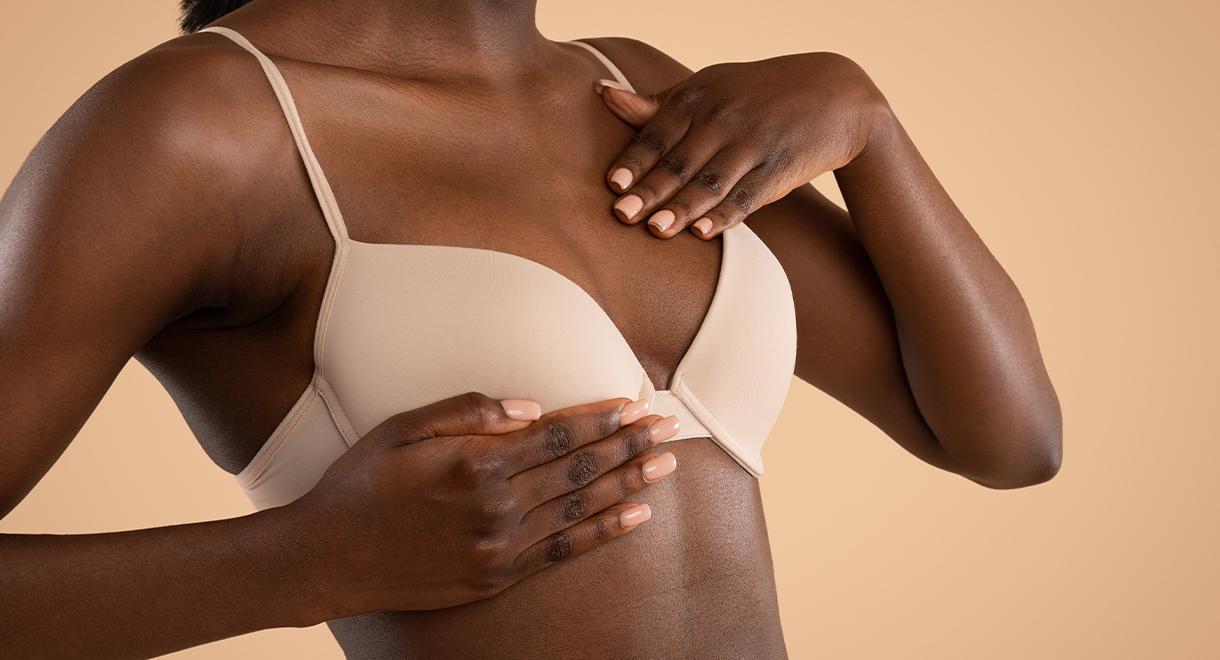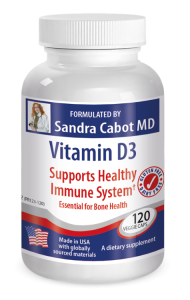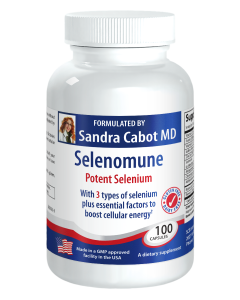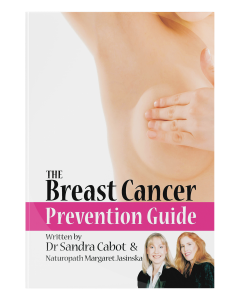

What You Should Know About Breast Lumps
Have you ever felt a lump in your breast? Many women have, and it can be a very frightening experience. It should be reassuring to know that the vast majority of breast lumps are harmless. However, a lump should always be taken seriously, and please visit your doctor if you have any breast health concerns.
Please perform self breast examinations regularly. It is very important to be familiar with your own breasts; knowing exactly how they appear and how they feel. This way, you can detect subtle changes at an early stage, and then see your doctor for further investigations if necessary. This website teaches you how to do that. Women who menstruate should perform a breast self exam after their menstruation has ended. Post menopausal women can do it any time of the month.
Of course, breast self examination cannot detect all tumors, because some are located deep within the breast, and also some types of tumors do not form lumps. But what if you do find a lump? Nine out of ten breast lumps are not cancerous. If you or your doctor has detected a lump in your breast during a physical exam, the lump will be one of the following:
Breast cyst
This is a benign (non-cancerous) fluid filled sac of tissue. A cyst will feel smooth and squishy and if you press on it, it will move like a water filled balloon. A cyst can move around and it will typically change size during the menstrual cycle. Cysts can be found close to the surface of the breast or deep down, close to the chest wall. Cysts typically diminish in size or disappear altogether immediately after menstrual bleeding, therefore when conducting a breast self exam it is best to do it a few days after your menstruation has finished. Breast cysts are common in menstruating women of all ages, but are rare in post-menopausal women. Your doctor can aspirate the cyst, that is remove the fluid it contains with a syringe, which deflates the cyst.
Breast fibroadenoma
This is a benign cyst that is made of fibrous and glandular tissue. This cyst feels like a round hard lump. It moves around during a breast physical examination. These lumps are usually found near the surface of the breast, therefore can be easily felt. To confirm that the lump is a harmless fibroadenoma, a doctor can perform a biopsy to analyse what type of cells it contains. Fibroadenomas are common in teenagers and women in their 20s and 30s; they are uncommon in post menopausal women. Women with fibroadenomas in their breasts are at increased risk of developing breast cancer. Deficiencies of vitamin D, selenium and iodine may raise the risk of forming fibroadenomas.
Breast pseudo-lumps
Pseudo means false. These are benign lumps made of scar tissue, or fatty tissue, hardened silicone (in women with breast implants), or may be due to a rib bone pressing into the breast tissue and compressing it. Pseudo-lumps may move around during a physical examination or remain fixed; they do not change size during a menstrual cycle. A mammogram, ultrasound or biopsy can identify a pseudo-lump.
Breast cancer
This is a malignant lump made of abnormal breast cells. A malignant lump usually has an irregular lump shape, rather than being perfectly round. It usually feels very hard and can occur near the surface of the breast, deeper inside or in the armpit. An ultrasound and mammogram will be performed to identify the lump, but a biopsy provides the clearest view of the kind of cells the lump contains.
Types of Breast Cancer
The most common breast cancer types include:
- Ductal carcinoma:Makes up 70 to 80 percent of all breast cancer. The cancer cells resemble the ducts of the breast.
- Lobular carcinoma:Makes up five to ten percent of breast cancer. The cancer cells resemble breast lobules.
- Mucinous carcinoma:Makes up one to six percent of breast cancer cases.
- Medullary carcinoma:Makes up one to five percent of cases.
- Tubular carcinoma:Makes up two percent of cases.
Breast calcifications are tiny calcium deposits in the breast tissue that appear as white spots on a mammogram. Breast calcifications are common, and most women have at least one. In most cases they are not cancerous; however in some cases they may indicate breast cancer.
My recommendations for keeping your breasts healthy
- Increase your intake of phytoestrogens
Phytoestrogens are natural compounds found in a wide variety of plants that have a very similar structure to the body’s own estrogen; they are able to fit inside estrogen receptors in our cells. However, phytoestrogens are up to 1000 times weaker than estrogen made by the body. Phyto-estrogens help to protect the estrogen receptors in your breasts from more powerful estrogens made in your body or found in environmental chemicals. Flaxseeds, legumes, nuts and seeds are all good sources of phytoestrogens.
- Reduce your consumption of trans fatty acids and polyunsaturated omega 6 rich vegetable oil
These fats increase the level of inflammation in your body, thus generating free radicals and using up antioxidants. Excessive inflammation increases the risk of cancer. These fats are found in many processed foods such as biscuits, cookies, pastries, chips, crackers and fried foods. - Ensure you receive optimum vitamin D, iodine and selenium
Each of these nutrients plays a crucial role in protecting breast cells from harmful agents. Deficiency of these nutrients is extremely common among women all over the world. - Eat more cruciferous vegetables
Broccoli, Brussels sprouts, cabbage and cauliflower all contain indole 3 carbinol. This compound improves the liver’s ability to detoxify and excrete estrogen from the body. - Cook with turmeric
This yellow-colored spice helps to protect breast cells from the cancer-causing effects of pesticides. Turmeric also reduces the ability of breast cancer cells to spread. - Minimize your exposure to plastic
Bisphenol A and phthalates are two compounds found in a variety of plastic. They have the ability to leach into food or liquids stored in plastic containers. Therefore it is best to minimise eating or drinking out of plastic containers, and never heat food in plastic containers.
For more information about breast cancer, see our book The Breast Cancer Prevention Guide.
To protect the breasts from cysts, lower the potential for breast cancer and reduce the incidence of breast calcifications ensure you have Breast Health Capsules and Super Vitamin K daily.
The above statements have not been evaluated by the FDA and are not intended to diagnose, treat or cure any disease.
Know someone who might benefit from this article? Share it!
Need Help?
1-888-75-LIVER
Monday to Friday, 9:00 am to 5:00 pm MST
100%
Satisfaction Guaranteed
If it’s faulty or wrongly described, we’ll replace it.













